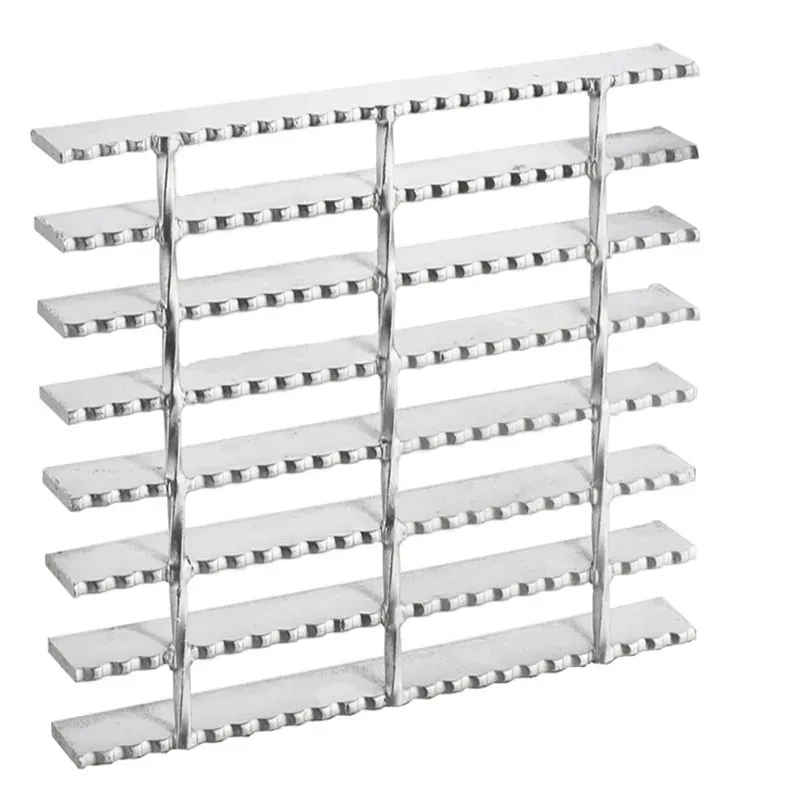- Industrial zone, South of Anping Town, Hengshui, Hebei, China.
- sales@hfpetromesh.com
- +86-18931809706
bar grating
Understanding Bar Grating A Versatile Solution for Modern Needs
Bar grating is a type of material commonly used in various applications, ranging from industrial to architectural settings. This versatile flooring option is composed of a series of parallel bars, typically made from metal, which are welded together or forged to create a strong, durable grid. The design allows for seamless drainage and ventilation, making it ideal for numerous environments, including factories, walkways, and even decorative purposes in homes.
One of the most significant advantages of bar grating is its strength-to-weight ratio. Made primarily from steel or aluminum, bar grating can support substantial loads while remaining lightweight, making it easier to install and manage. It is specifically designed to withstand both static and dynamic loads, ensuring safety in high-traffic areas. Furthermore, its open design permits easy movement of air, light, and water, which is particularly beneficial in industrial settings where moisture management is crucial.
Bar grating comes in various shapes, sizes, and materials, allowing for customization to meet specific project requirements. Among the most common types are welded, pressure-locked, and swage-locked gratings. Welded grating involves individual bars being welded at their intersections, creating a robust structure suited for heavy-duty applications. Pressure-locked grating, on the other hand, uses a pressure method to secure the bars, offering a smoother surface ideal for pedestrian walkways. Swage-locked grating utilizes a swaging process to lock the bars together, providing added strength, making it another excellent choice for industrial use.
bar grating

Aside from its functional attributes, bar grating is also recognized for its aesthetic flexibility. It can be finished in various colors and coatings, enhancing its visual appeal for architectural applications. In commercial spaces, bar grating can serve as a stylish element in flooring designs, stair treads, and railings, seamlessly combining functionality with aesthetics.
Additionally, bar grating is environmentally friendly. Many manufacturers offer options made from recycled materials, reducing the overall carbon footprint of construction projects. Its longevity and low maintenance requirements further contribute to sustainable practices, making it an attractive choice for eco-conscious builders.
In conclusion, bar grating represents an intelligent solution for various applications, from industrial settings to sophisticated architectural projects. Its remarkable strength, versatility, and eco-friendliness make it an indispensable material in today’s construction landscape. Whether for safety, efficiency, or aesthetics, bar grating continues to play a significant role in shaping modern infrastructure.
-
The Power of Pyramid Shaker Screen - A 3-Dimensional SolutionNewsOct.24,2024
-
Exploring the Versatility and Durability of Steel GratingNewsOct.24,2024
-
Revolutionizing Drilling Efficiency with Steel Frame Shaker Screens for Mud Shale ShakersNewsOct.24,2024
-
Potential of Shale Shaker ScreensNewsOct.24,2024
-
Offshore Pipeline Counterweight Welded Mesh - Reinforced Mesh in Marine EngineeringNewsOct.24,2024
-
Revolutionizing Offshore Pipeline Stability with Concrete Weight Coating MeshNewsOct.24,2024
